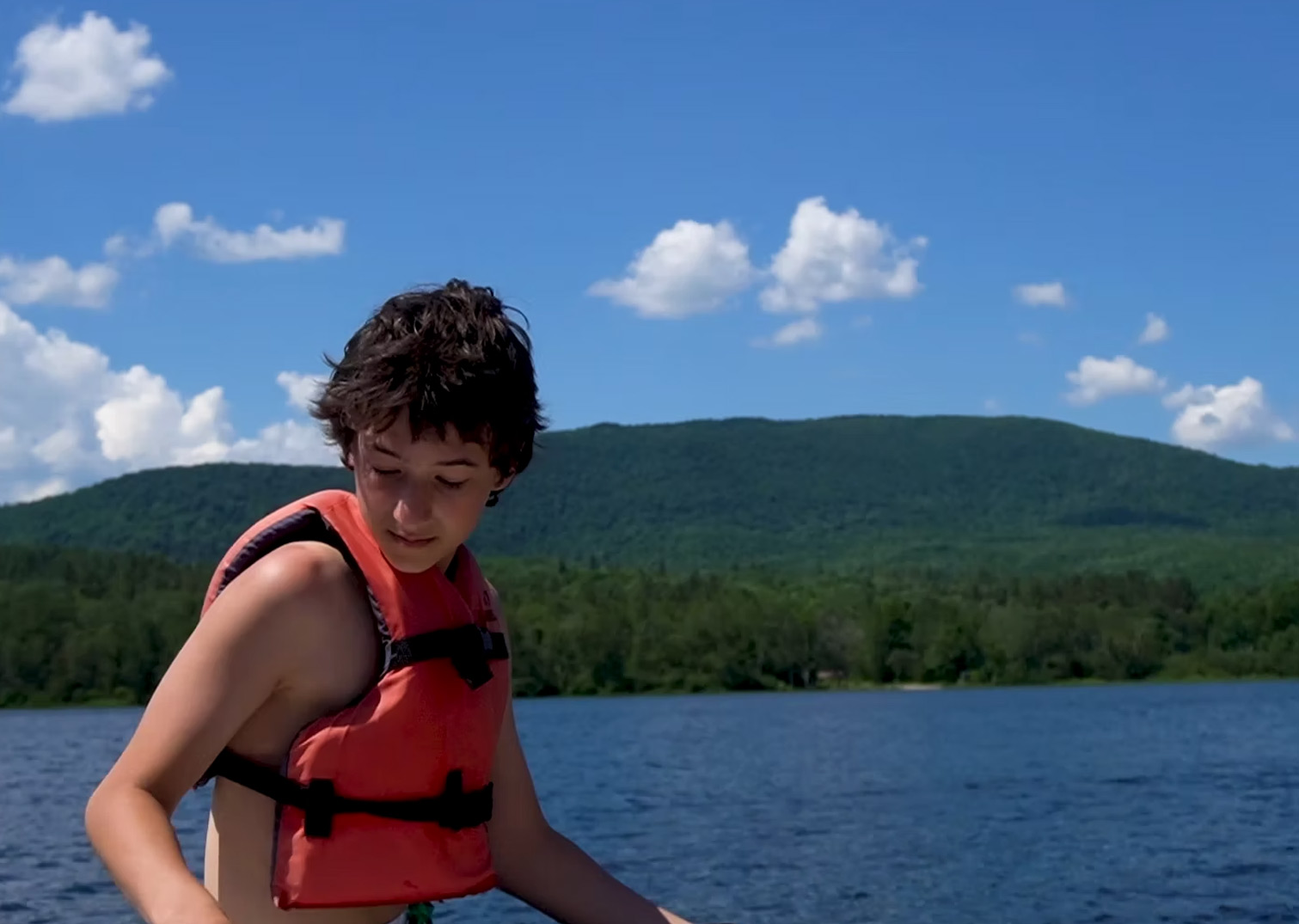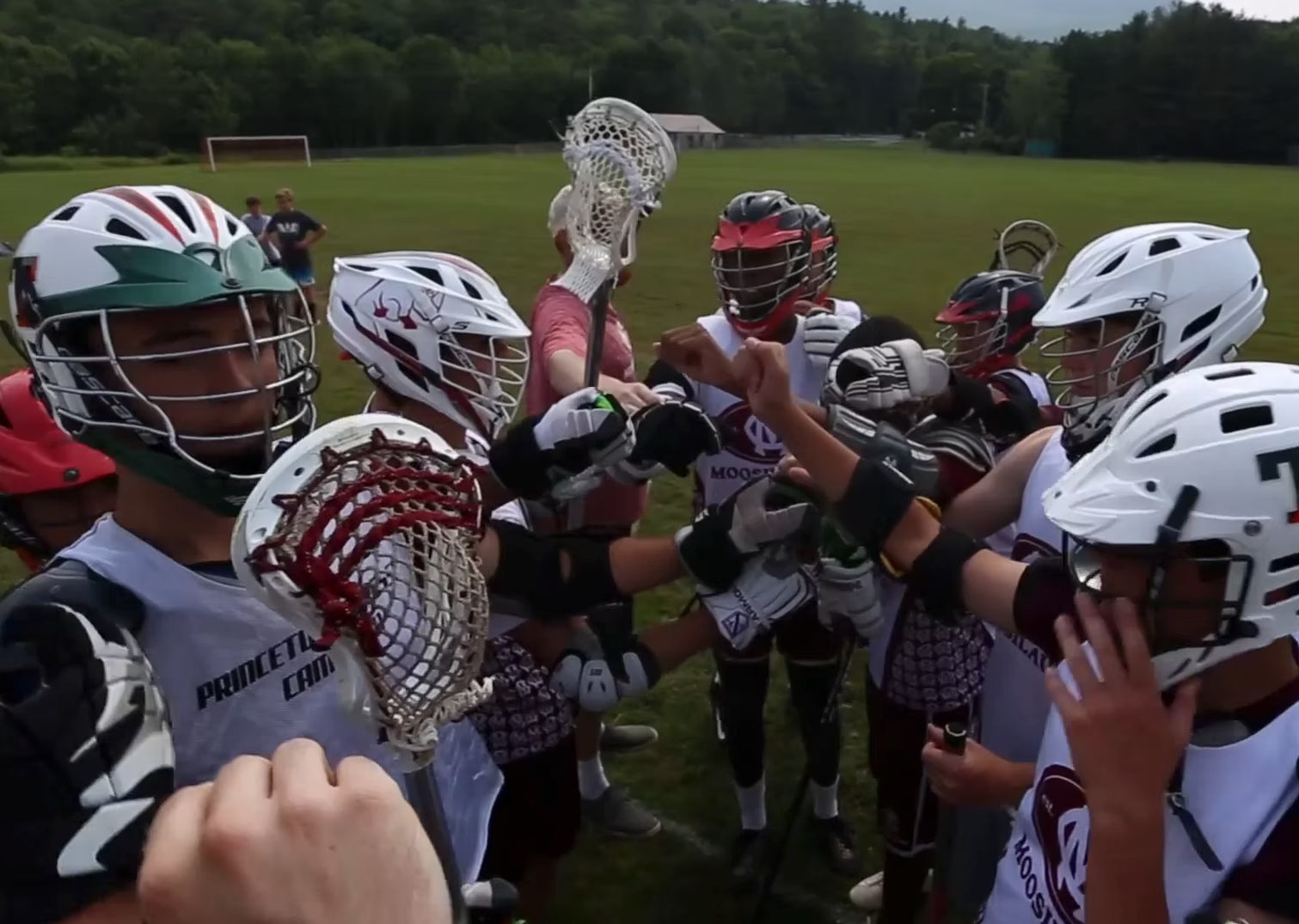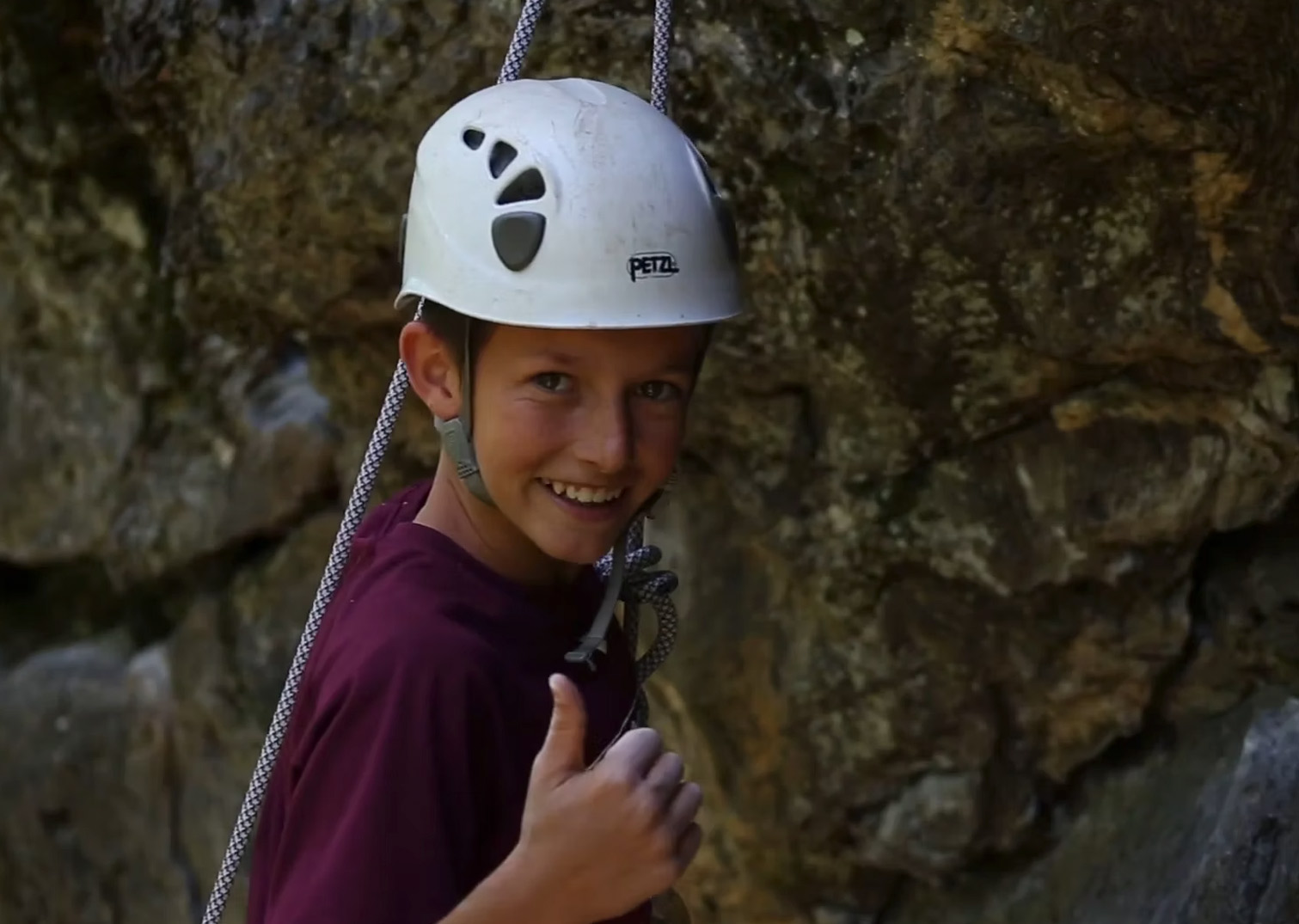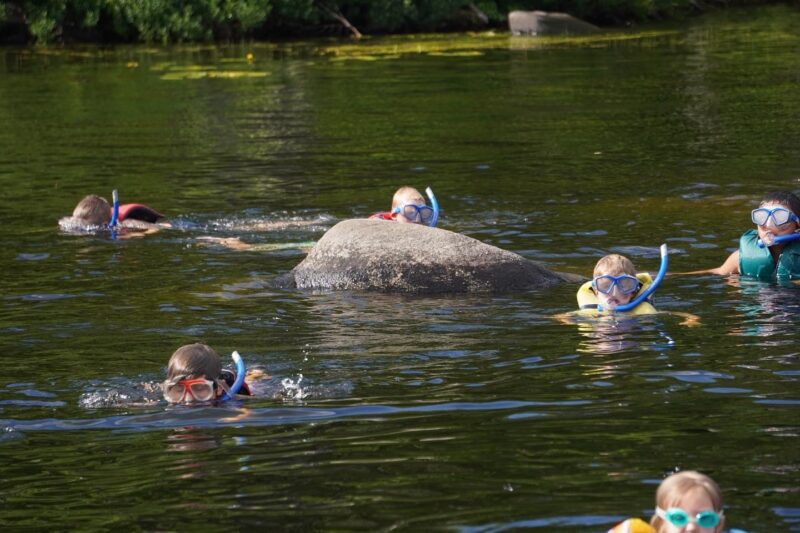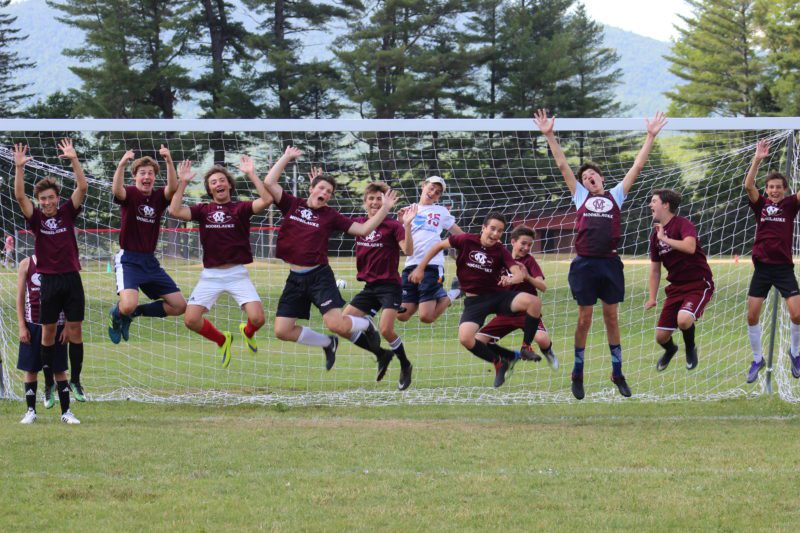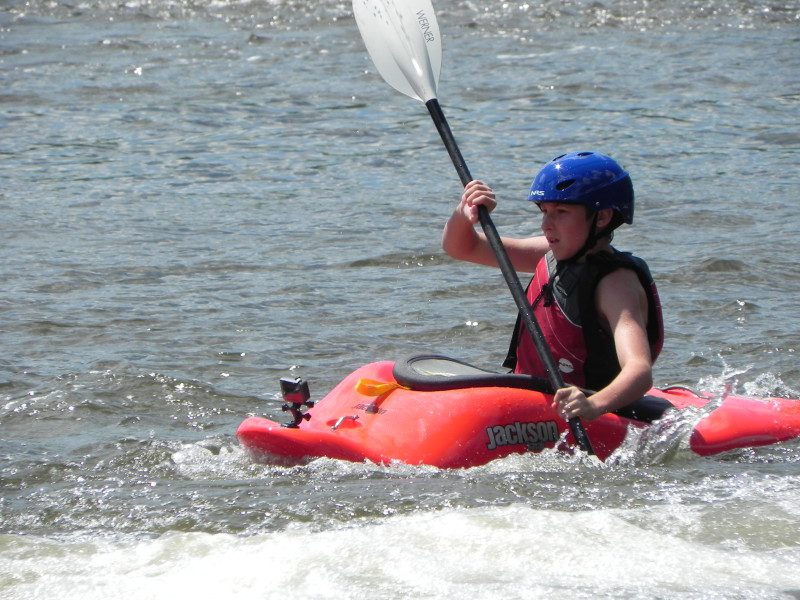Motivation for Boys: What Can We Do About It
The more I read about what boys need to become their best selves the more convinced I am that a great overnight camp experience is just what the doctor ordered.
Motivation for Boys: What Can We Do About It

The more I read about what boys need to become their best selves the more convinced I am that a great overnight camp experience is just what the doctor ordered.
By Bill McMahon, Co-Director
The other day I came across Leonard Sax’s 2016 book, “Boys Adrift: The Five Factors Driving the Growing Epidemic of Unmotivated Boys and Underachieving Young Men”. In the book, Sax makes the case that boys are doing worse relative to motivation and success at school—and relative to life in the “real world”—than at any other point in recent modern history. He cites the fact that the proportion of male undergraduates within the collegiate student body has dropped from 70% in 1949 to 42% in 2006 as a key indicator of the problem. The author also points out that boys in the United States are less likely to leave home in their 20s than any other time during the last six decades.
The majority of his book describes five key contributing factors to this male motivation and success deficit. They are:
Each chapter takes many detours while making its key points, with some more interesting and relevant than others. The author also relies heavily on stories from his practice as opposed to empirical evidence. Even given this, I found the book to be worth perusing. The most interesting chapter for me was titled “Changes at School” since it digs into what many have intuited about boys and the academic performance deficit vs. girls without fully understanding the underlying causes.
The chapter starts by highlighting the research on male and female brain differences and how the female brain develops skills related to empathy, cooperation, language, and visual acuity much earlier than boys. The book then clarifies that these differences make boys perform behind their female counterparts and act less responsively towards teachers—starting in kindergarten. The author points out that the accelerated pace in today’s kindergarten—where “kindergarten has become 1st grade”—is very much exacerbating this problem. In summary, the author makes the case that boys at a very early age are being put in an educational experience that their brains are unequipped for, which causes them to feel like failures and virtually ensures that many boys will develop an extreme dislike of schools. Given all this, the author wrote a paper back in 2001 that suggested that “simply starting boys in kindergarten one year later than girls might prevent many boys from deciding, very early, that school isn’t for them.”
It is worth pointing out that not everyone buys into the belief that male and female brain differences are at the heart of the developmental issues in question. In fact, the term “neuro-sexism” was coined to highlight the bias some see in the neuroscience of sex differences and the resulting gender stereotypes that can arise.
Wherever you stand on the brain difference issues, the solutions the author puts forth aimed at helping boys be motivated and create well-being definitely make the case for a summer at Moose. Here is a sampling of what he recommends:
The more I read about what boys need to become their best selves, the more convinced I am that a remarkable overnight camp experience is just what the doctor ordered. At Moose, we know in our bones that camps are amazing vehicles for helping young people grow in confidence, resilience, and responsibility. And there is research to back this all up. Today’s Parent points out that “The Canadian Summer Camp Research Project, a 2010 study out of the University of Waterloo, found that kids who attend overnight camp experience positive development in self-confidence, social integration, nature appreciation and emotional intelligence skills such as empathy. What’s more, they develop healthier attitudes toward physical activity.”
So, parents, feel good about sending your kids to camp.




